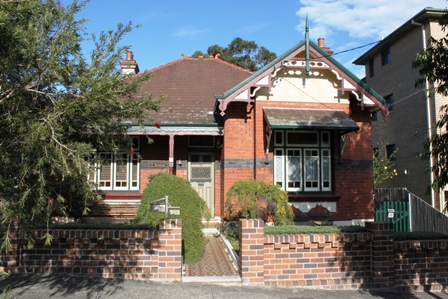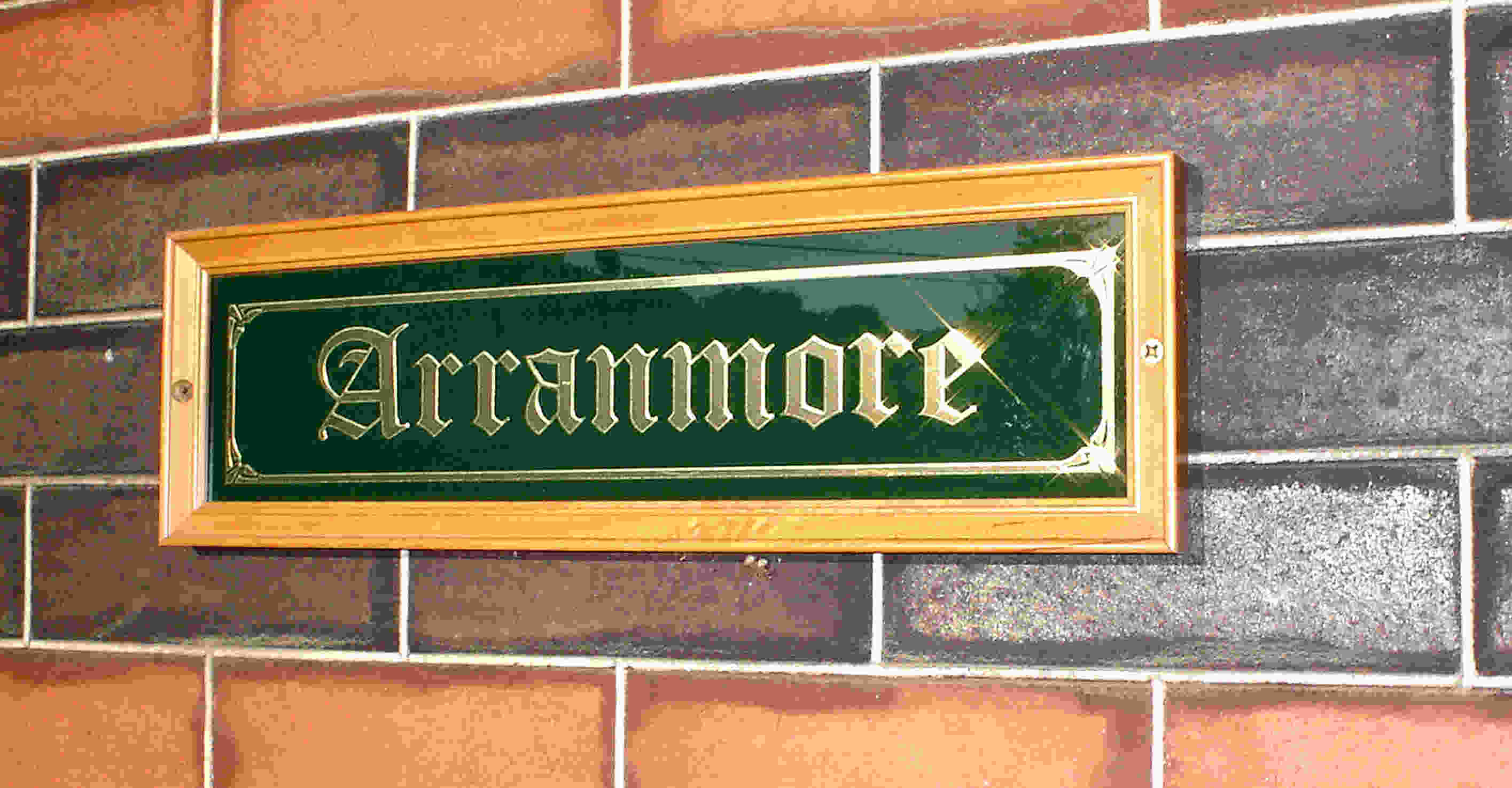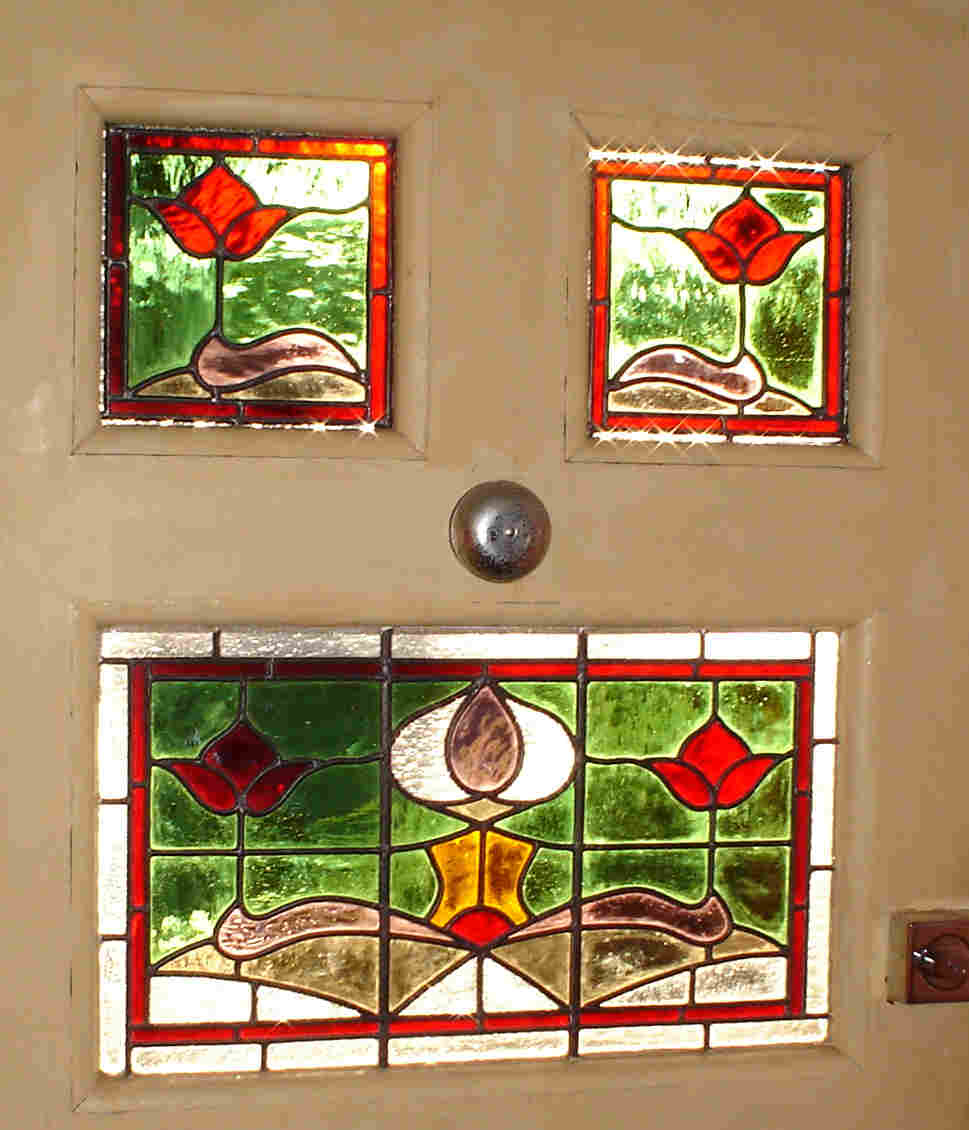Early History

The Gadigal and Wangal clans of the Eora people were
custodians of this area, which was called Bulanaming.
The first map of Cooks River was completed by Captain John
Hunter in September 1797. This was part of a survey of Botany
Bay.
During October 1803, Governor King granted 700 acres of this
land to Thomas Moore. His land included the area around
Dulwich Hill Station down to Cooks River and from Stanmore
Road across to Unwin's Bridge Road. This grant contained fine
stands of timber that he used as the official boat builder to
the colony.
Robert Wardell
In 1824, Dr Robert Wardell came to Australia and set up
practice as a corporate lawyer and barrister. He co-founded
the first independent newspaper, The 'Australian', which was
first published on 14 October, 1824. Wardell was only
associated with the paper for four years but during this time
he was a staunched critic of Governor Darling. In 1830 Thomas
Moore leased his farm at Bulanaming to Wardell prior to him
purchasing it. Wardell purchased 809 hectares (2000 acres) on
21 July 1830. This land stretched from Parramatta Rd. to Cooks
River. He developed only 10 hectares of this land for
agriculture and produced some high quality wheat. He also ran
deer that he imported from England and used for hunting
parties. The 'Bald Face Stag' hotel was named after one
animal. Toothill, as in the street name also related to his
deer hunting.
On September 7, 1834, Dr Wardell was shot and killed by three
convicts whilst he was out riding on his land near Cooks
River. Some believed that his death may have been due to him
being an ardent critic of Governor Darling.
The area became know as “Wardell’s Brush”.
About 1838 settlers began to move in. The land near good
water supplies was used for market gardening and other land
was used for raising cattle. The only source of water in dry
times was a well owned by the Meeks family.
After Wardell
After the death of Dr Wardell it was found that all his
property was left to his mother but she had died in 1830, so
it was then divided among his three sisters who still resided
in England. One of these was Jane Isabella Wardell who married
Charles Frederick Priddle. Mrs Fisher and Mrs Frazer were his
other sisters and they all came to Australia in 1845 to take
up their inheritance.
On 14 April 1848, Charles Frederick Priddle of 15 Beaufort
St, Chelsea and Jane Isabella Priddle obtained ownership of
this land from Robert Wardell of Middle Temple, London and
later of Sydney. The land was left to Anne Fisher, wife of
John Fisher, Margaret Fraser, wife of John Fraser and Jane
Isabella Priddle, wife of Charles Priddle. (Refer Indenture in
Book 41 No 647 at Land Titles Office.)
Between 1848 and 1874 the ownership of the land must have
transferred from Charles Priddle to his son Rev. Charles
Priddle.
On 15 January 1874, the land was subdivided by Rev. Charles
Frederick Durham Priddle (Vol 174 Folio 175.) Rev. Charles and
his wife, Jane Augusta have a memorial in St. James Church
adjacent to a bust of Robert Wardell.
Rev. Charles Priddle was curate at St. James Church in the
city for seven years and priest at St. Luke's, Liverpool for
forty years.
I believe that it may have been at this time that the
brother-in-law of Rev. Charles Priddle's first wife, Jane
Augusta, a James Norton, became owner of a portion on which
this house is built.
It appears as though in 1882, Charles Priddle again obtained
James Norton's land.
Our House Site
According to details provide by Marrickville Council, the
land on which our house stands is Lot 50 of the Wardell Hill
Estate, which was sub divided in 1895. Lots 47 to 52 were
owned by a dairyman, Thomas Woolford (or Wolford). A cottage
'Loretto' was built on the site.
A working dairy existed on the site before a further sub
division occurred. Earnest Frederick bought lot 50 in 1911 and
built a house in the same year. He was listed as the owner of
a cottage called 'Arranmore' until 1926. It was in that year
that Ernest died and ownership passed to his wife, Mrs
Gertrude Frederick. From 1914 until 1923 the property was
given the street number of 21.

The property was renumbered 22 Keith Street in circa 1923.
Mrs Gertrude Frederick continued ownership until 1951 when it
was sold to Colin James Andrews. He subsequently sold it to
Mykola Shywolup senior and junior the following year. In 1955
the property again changed hands, being sold to Richard Idens
and Leslie George Little who where identified as Engineers.
They owned it until the following year. During this period of
frequently changing ownership the house may have been used as
flats or a boarding house as a number of internal doors where
fitted with locks at around this time.
In 1956 the house was purchased by Bertha May Richards. Mrs
Richards was a storekeeper. For many years she owned a white
cockatoo. When she moved out in 1977 the cocky moved next door
to be cared for by Mrs Ko. Cocky survived until well after we
arrived.
In 1977 the house was purchased by Mr Sushif Kumar and Mrs
Santosh Salhotra. The story is told that they did not
initially live in the house but rented it to two women and a
man who ran a brothel. It is rumored that this enterprise was
closed down by the bank who informed the borrowers they had to
live in the house themselves due to the nature of their loan.
After a number of delays we arrived just before Christmas
1980. Since then the house has gone through a number of
changes including a complete rebuilding of the rear portion.
Various renovation projects have been completed.
The house has seen the birth of both our children and whilst
we have been here the second longest of any inhabitants we
still are a long way short of Gertrude Frederick.

